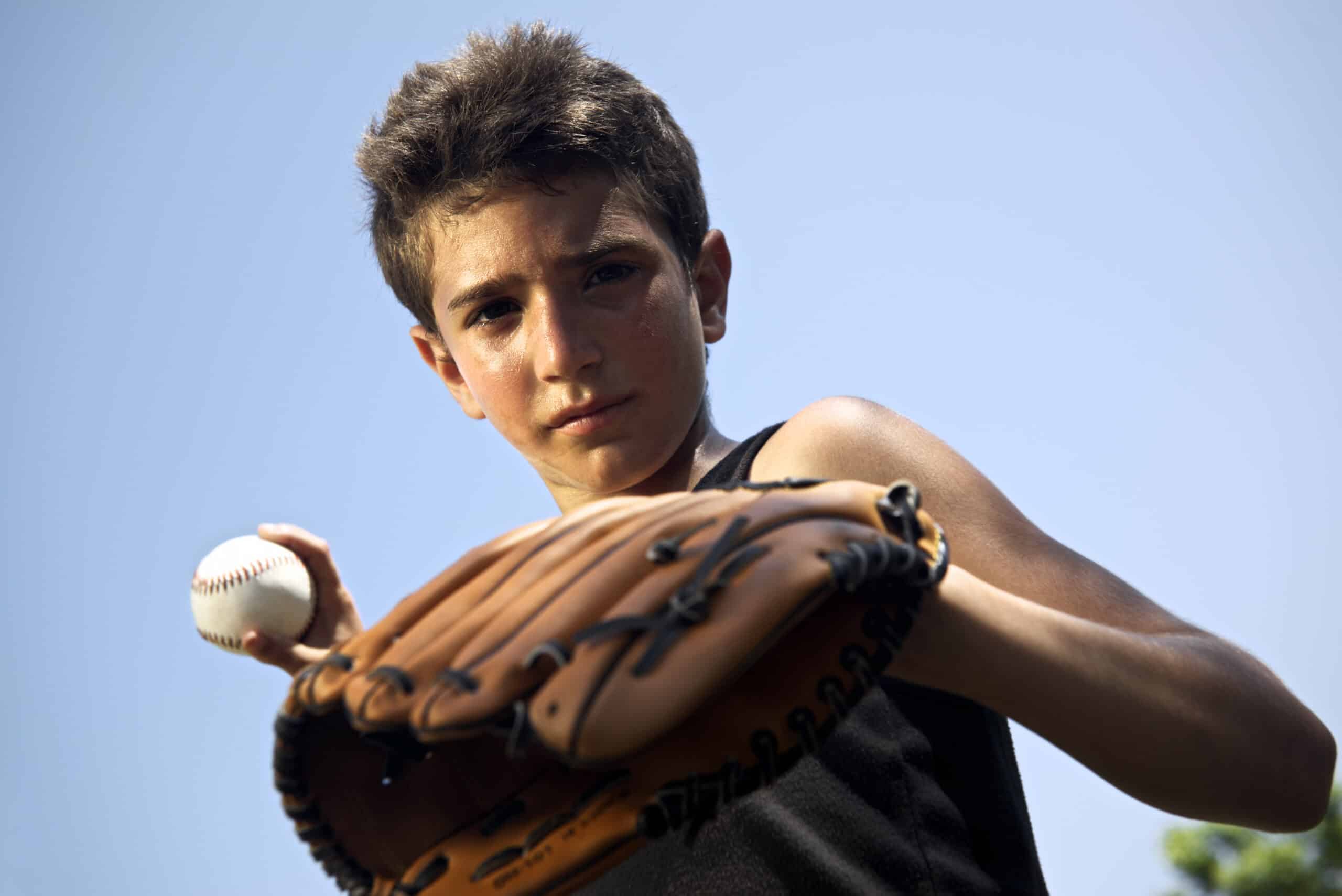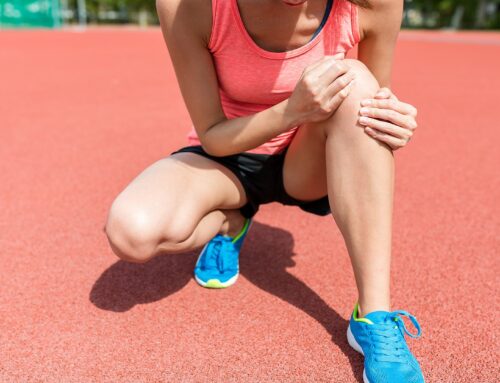What is Osgood-Schlatter Disease?
Many people have never heard of Osgood-Schlatter disease, even though it affects about 21% of adolescent athletes. This condition is common in physically active children between the ages of 8 -15. Although it also occurs in less active children and teenagers who are experiencing a growth spurt. During this time, muscles, bones, and tendons rapidly change in structure, making them vulnerable to injury.
Forceful contractions of the muscles and tendons around the knee cause tiny fractures that lead to knee pain and inflammation. The body responds to these contractions by forming more bone, which creates a bump under the knee, resulting in Osgood-Schlatter disease. Symptoms of the disease include swelling, soreness, and pain below the knee. It’s common for pain after participation in an activity, which involves jumping, running, or squatting.
Diagnosing the Condition
A doctor will diagnose this disease by thoroughly going through their medical history and conducting a physical examination. The doctor may order diagnostic imaging such as an ultrasound, x-ray, MRI, or CT scan. These images are done for further inspection of pain and swelling at the site of discomfort.
Treatment for Osgood-Schlatter Disease
When treating this knee condition, the doctor may advise the patient to do the following:
• Limit physical activity and rest from repetitive movements, such as jumping or running until the pain subsides. If symptoms occur during a sports session, the doctor will discuss with the patient on what level of participation is advisable.
• Apply ice when needed, a few times a day, for not more than 20 minutes each time. The patient should have a protective barrier to the skin when applying ice.
• Wear a knee brace or knee sleeve. Protection over the knee will apply pressure on the knee and help relieve the pain and swelling.
• Take Non-steroidal anti-inflammatory drugs (NSAIDs) such as naproxen, or ibuprofen, to ease pain and swelling.
•Physical therapy is important once the pain subsides. Focus on exercises that stretch the quadriceps and neighboring muscles. These exercises will relieve your knee and protect it from further injury.
Symptoms typically go away after a year or two for about 90% of young athletes who suffer from Osgood-Schlatter disease. For nearly 10% of patients, symptoms continue into adulthood. Severe cases might require surgery.
If you or your child is experiencing a sports-related injury, call us today for a consultation with our sports medicine doctor, 888-409-8006.







Leave A Comment